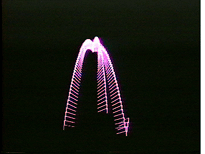
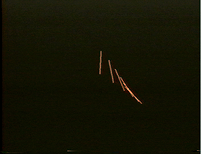
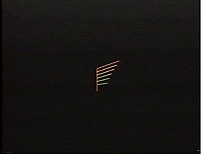
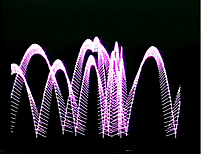
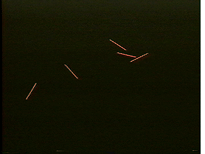
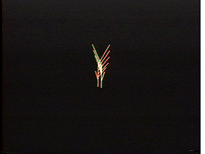
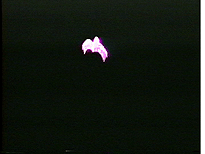
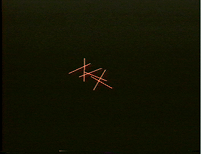
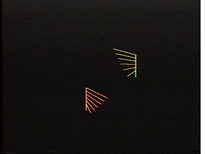
 |
 |
 |
 |
 |
 |
 |
 |
 |
In 1976 I was hired by Nicholas Negroponte at his Architecture Machine Group (predecessor to the MIT Media Lab) to lead a research team to develop software for a recently developed and exciting piece of hardware: a color display system, called a "raster-scan frame-buffer." Computer displays were common in that era but comprised "vector graphics " displays—where the display hardware would move the electron beam to inscribe each line of the correct length and orientation.
Having done extensive work on vector machines on the PDP-7, I was not anxious to simply abandon what I had found to be an expressive medium, even with its simple lines—or maybe especially because of its crisp, simple line drawing. Moreover, the limits of processing power meant that even even uncomplicated images took a long time to compute. So any attempt at motion graphics required a batch process to write the frames to hard disk. Afterwards each frame was replayed in smooth video (well, mostly smooth; sometimes a disk access caused a pause in the display rate, something apparent in the movies offered here). In the process of creating an animation scripting language that was visual (2-D), I developed a series of increasingly complex simulations that became a short film called Stick Models. [4 minutes silent quicktime] —Paul Pangaro, August 2006 |
|||
Cybernetic Lifestyles — Experimental Pages (c) (c) CJ Maupin & Paul Pangaro 2005-2007. All Rights Reserved.